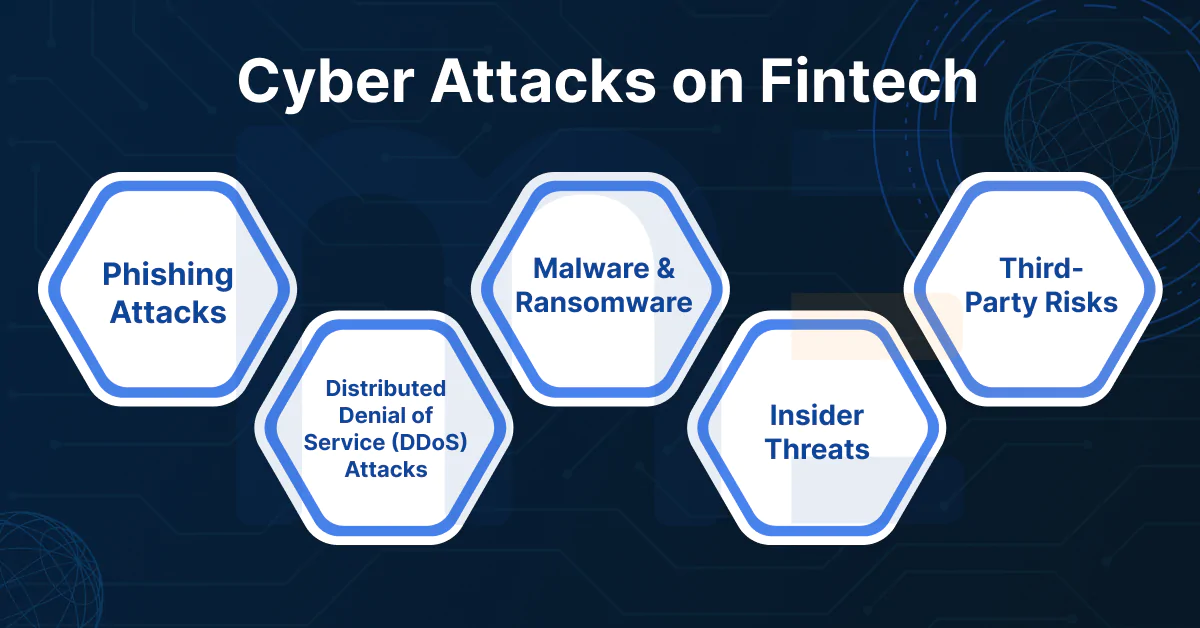In today’s digital age, fintech applications have revolutionized the way we manage our finances. From mobile banking to cryptocurrency wallets, fintech platforms offer unparalleled convenience. However, with this convenience comes the growing risk of cyber threats, including hacking, identity theft, and financial fraud. To safeguard your fintech accounts, you must adopt robust security measures. Here’s how:
1. Use Strong and Unique Passwords
A weak password is one of the easiest ways for hackers to gain unauthorized access to your fintech accounts.
- Use a mix of uppercase and lowercase letters, numbers, and special characters.
- Avoid using easily guessable information such as birthdates or names.
- Use a password manager to store and generate strong passwords.
- Never reuse passwords across multiple platforms.
2. Enable Two-Factor Authentication (2FA)
Two-factor authentication adds an extra layer of security by requiring a second form of verification.
- Opt for app-based 2FA (Google Authenticator, Authy) instead of SMS-based authentication, as SIM swapping attacks can compromise SMS security.
- Regularly update and review your 2FA settings for all fintech platforms.
3. Beware of Phishing Attacks
Phishing scams trick users into providing their login credentials through fake emails or websites.
- Verify the sender’s email address before clicking any links.
- Never enter sensitive information on unfamiliar or suspicious websites.
- Hover over links before clicking to ensure they direct to legitimate sites.
- Use anti-phishing browser extensions to detect fraudulent websites.
4. Keep Your Devices and Apps Updated
Outdated software can be vulnerable to cyberattacks.
- Regularly update your smartphone, computer, and fintech applications to the latest versions.
- Enable automatic updates to ensure you receive security patches promptly.
- Avoid using fintech apps on rooted or jailbroken devices, as they can be more susceptible to malware.
5. Secure Your Internet Connection
Using unsecured networks can expose your data to cybercriminals.
- Avoid accessing fintech apps on public Wi-Fi networks.
- Use a Virtual Private Network (VPN) when accessing financial accounts remotely.
- Enable a firewall and use trusted security software on your devices.
6. Monitor Account Activity Regularly
Keeping track of your financial transactions helps detect suspicious activity early.
- Set up transaction alerts via SMS or email.
- Review account statements and transaction history frequently.
- Report any unauthorized transactions to your fintech provider immediately.
7. Be Cautious with Third-Party Integrations
Many fintech apps offer integrations with other financial services, which can be a potential security risk.
- Only grant access to trusted and reputable third-party services.
- Regularly review and revoke unnecessary permissions.
- Ensure API-based integrations follow security best practices.
8. Use Biometric Authentication When Available
Biometric security features, such as fingerprint and facial recognition, offer an additional layer of protection.
- Enable biometrics for login authentication if supported by your fintech app.
- Ensure your biometric data is stored securely and not shared with third-party apps.
9. Secure Your Email Account
Your email is often linked to your fintech accounts, making it a prime target for hackers.
- Use a strong, unique password for your email account.
- Enable 2FA for your email to prevent unauthorized access.
- Avoid clicking on unknown email attachments or links that request sensitive information.
10. Educate Yourself on Emerging Cyber Threats
Cybercriminals continuously develop new attack methods.
- Stay informed about the latest fintech security threats.
- Follow cybersecurity experts and fintech companies for updates.
- Participate in cybersecurity awareness programs or training sessions.
Final Thoughts
Cyber threats in the fintech industry are evolving, making it essential to stay vigilant and proactive in securing your accounts. By following these best practices, you can minimize the risks and ensure your financial information remains protected.
Do you have additional security tips for protecting fintech accounts? Share your thoughts in the comments!

